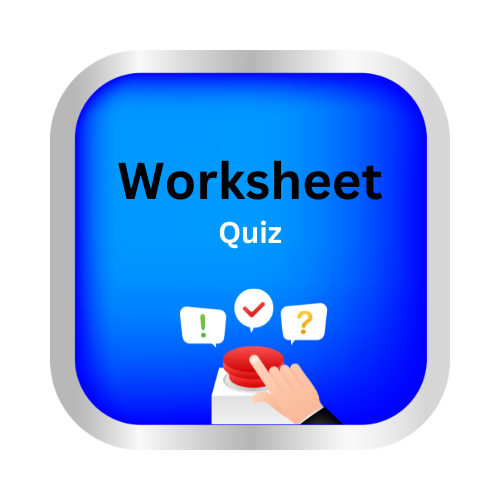Identify vague pronoun references
Design by Delta publications
Key Notes:
🌟 Identify Vague Pronoun References 🌟
| What is a Pronoun? |
A pronoun is a word that takes the place of a noun.
Examples:
- he, she, it, they, them, this, that, these, those
💡 Example:
- Sarah loves painting. She paints every day. ✅
(“She” clearly refers to Sarah)
| What is a Vague Pronoun Reference? |
A vague pronoun reference happens when it’s unclear which noun the pronoun is referring to. ❌
💡 Example:
- Maya told Anna that she won the prize. ❌
(Who won the prize — Maya or Anna?)
✅ Better version:
- Maya told Anna, “You won the prize.” ✅
| Tips to Identify Vague Pronouns 🕵️♂️ |
- Check the pronoun: Ask yourself, “Who or what does this pronoun refer to?” 👀
- Look for multiple nouns: If there’s more than one possible noun, the pronoun might be vague.
- Reword for clarity: Use the noun again instead of the pronoun if necessary. ✏️
💡 Example:
- Wrong: The teacher spoke to the student after he arrived. ❌
- Correct: The teacher spoke to the student after the student arrived. ✅
| Common Vague Pronouns |
- it, this, that, they, he, she
💡 Example:
- Wrong: John gave Tom his book. ❌
(Whose book?) - Correct: John gave Tom John’s book. ✅
| Quick Check Tips ✅ |
- If you have to guess the meaning, it’s probably vague. 🤔
- Always ask: “Can anyone understand this without confusion?” 💬
| Remember! 🌈 |
- Clear pronouns make your writing easy to read and understand.
- Avoid confusion by repeating the noun if needed.
- Pronouns are helpful, but clarity is more important! ✨
| 🎨 Fun Emoji Example: |
- Wrong: Maya told Raju that he should study. ❌
- Correct: Maya told Raju, “Raju, you should study.” ✅
Let’s practice!🖊️

